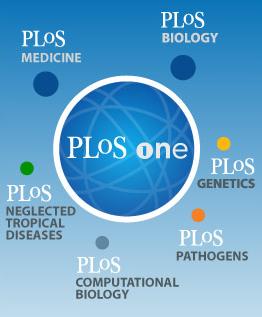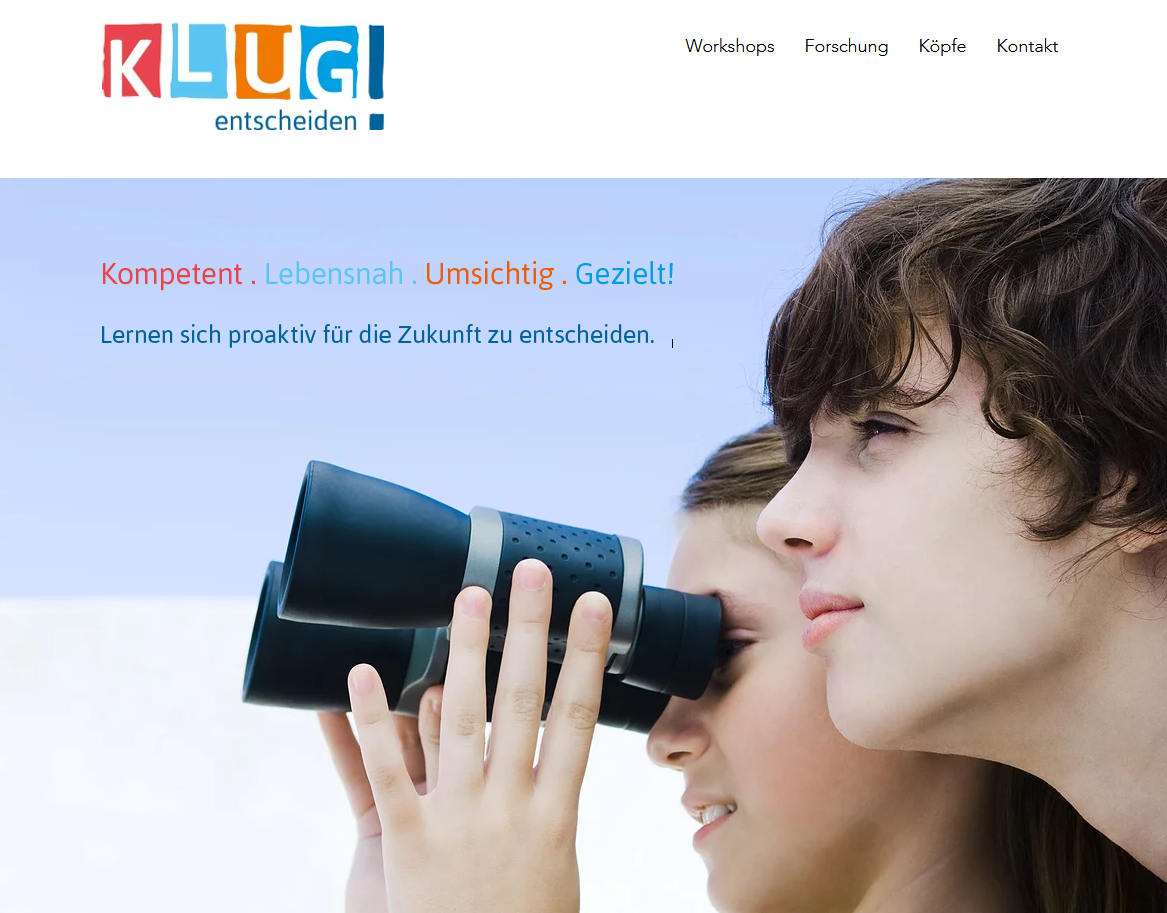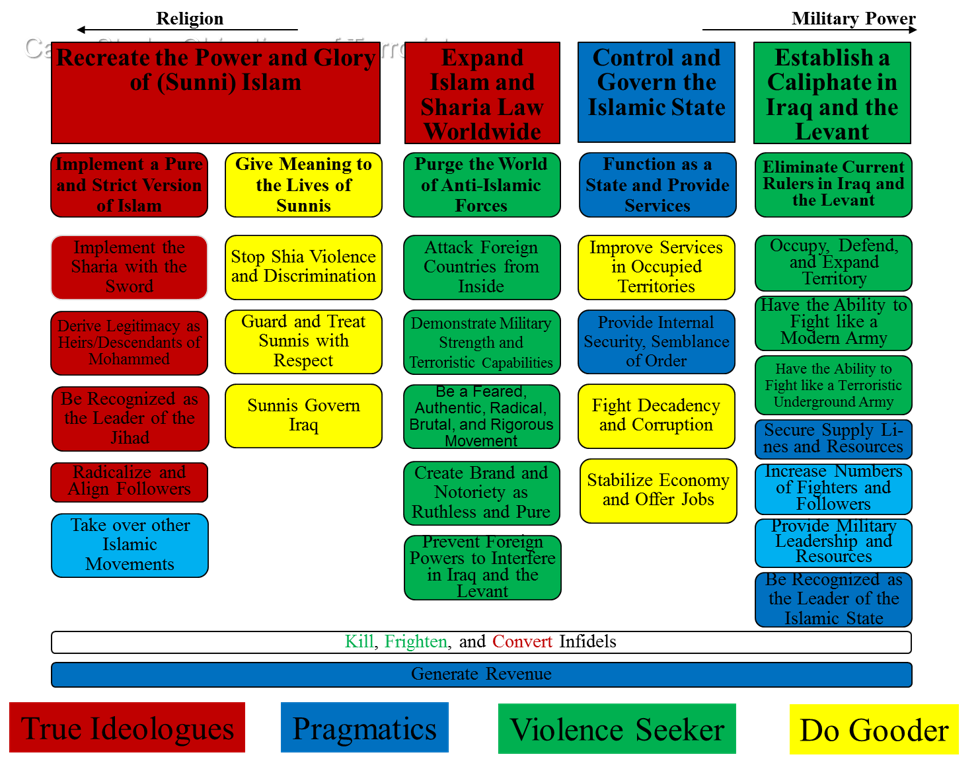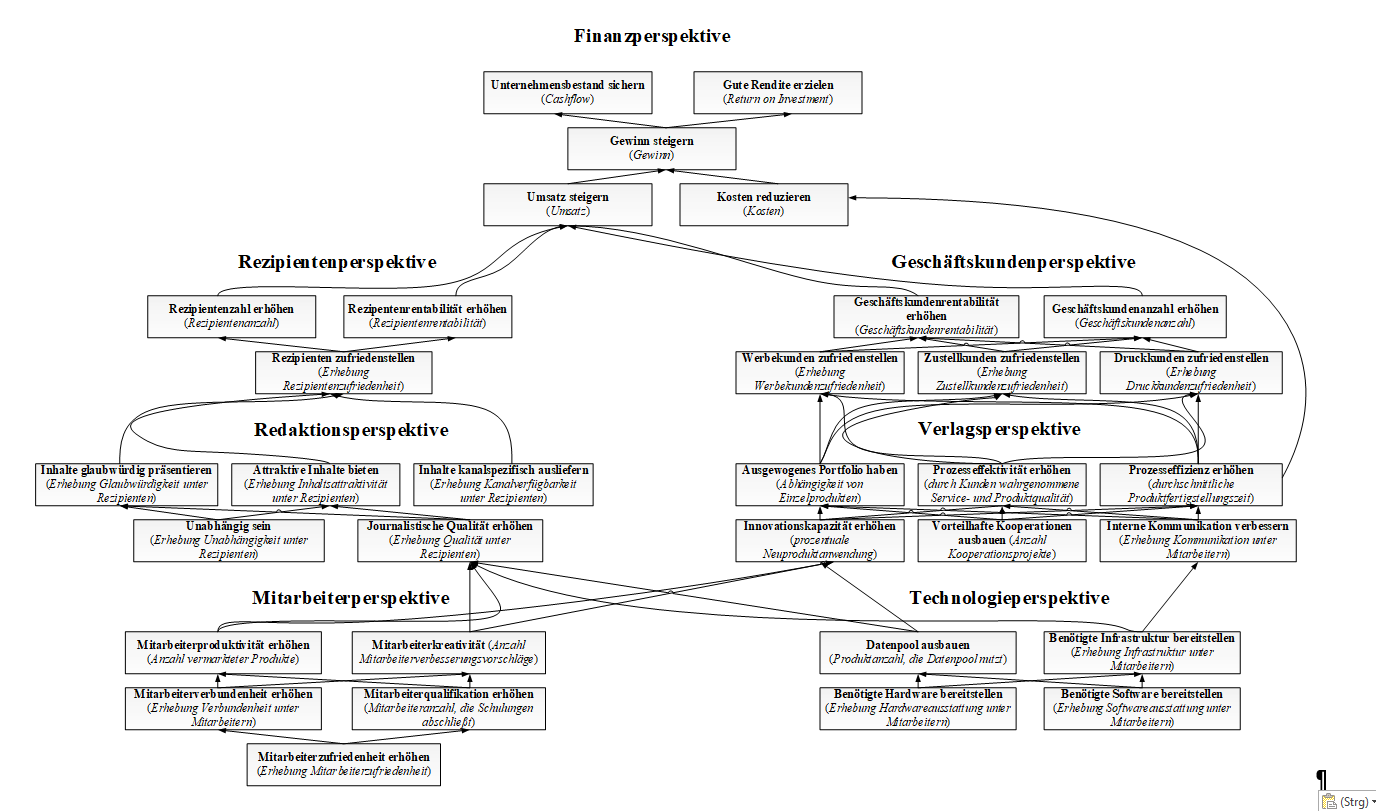Belief perseverance bias refers to an individual’s tendency to persist in holding biased opinions even after the misinformation that initially shaped those opinions has been retracted. This study contributes to research on reducing the negative impact of misinformation by mitigating the belief perseverance bias. The study explores the previously proposed awareness-training and counter-speech debiasing techniques, further developing them by introducing new variants and combining them. We investigate their effectiveness in mitigating the belief perseverance bias after the retraction of misinformation related to a real-life issue in an experiment involving 876 individuals, of whom 364 exhibit the belief perseverance bias. The effectiveness of the debiasing techniques is assessed by measuring the difference between the baseline opinions before exposure to misinformation and the opinions after exposure to a debiasing technique. Our study confirmed the effectiveness of awareness-training and counter-speech debiasing techniques in mitigating the belief perseverance bias, finding no discernible differences in effectiveness between the previously proposed and new variants. Moreover, we observed that the combination of awareness training and counter-speech is more effective in mitigating the belief perseverance bias than the single debiasing techniques.
Siebert, Jana, Siebert, Johannes U. “Enhancing misinformation correction: New variants and a combination of awareness training and counter-speech to mitigate belief perseverance bias”. PLoS ONE 19(2): e0299139, 2024, 1-15, https://doi.org/10.1371/journal.pone.0299139









